No doubt you’ve heard the buzz about heirloom seeds. But what really is the difference between heirloom, hybrid, GMO, and other terms like open-pollinated when it comes to seeds? Today, I want to demystify these terms so you can choose the right seeds for you and your garden.

Throughout my many years of seed-starting, I have learned numerous tips and tricks when it comes to growing a garden from seed. My garden begins each year with ordering seeds and getting them started indoors. In my book, Get Growing! Expert Seed-Starting for the DIY Gardener, I cover the foundations of seed-starting for indoor and outdoor plants.
There are always so many options when it comes to seeds. You can end up like me, with more seeds than my garden could possibly hold. But every year, I always ensure I plant plenty of flowers, herbs, and vegetables from seed.
Today, I wanted to share the answer to a question that seems to create a bunch of confusion, “What’s the deal with heirloom, hybrid, open-pollinated, GMO, and treated seeds?”
Heirloom, Hybrid, and GMO Seeds: What the Heck are They?
When it comes to seeds, it can be difficult to know where to start and easy to get mixed up about what terms like “hybrid” or “heirloom” actually mean. Once you understand the difference between heirloom, hybrid, and GMO seeds, you can go about choosing the type of seeds that are right for you, and avoiding the ones that aren’t.
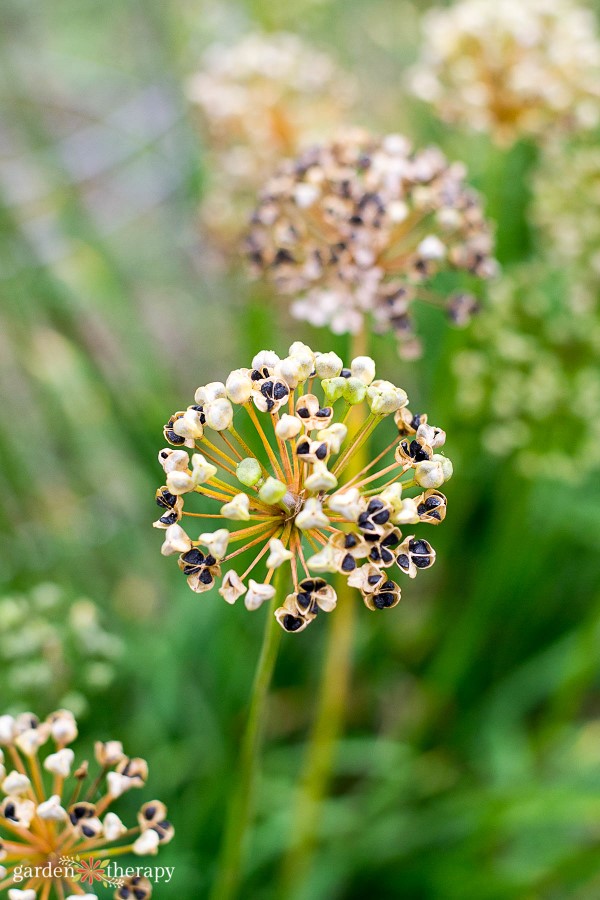
What are Heirloom Seeds?
After WWII and well into the 1970s, commercial vegetables dominated the market and older varieties were increasingly difficult to find. Most of today’s heirloom varieties were originally preserved from home gardeners and their family gardens. Heirloom vegetables can be classified as a plant that has been cultivated for more than 50 years.
Heirloom seeds have been saved and passed on for many generations. The plant, flowers, and fruit remain true to the type of the original great-great-great-(insert 50 years here)-grandmother plant. The seeds retain the parent plant’s outstanding qualities, be it beauty, flavor, and yield, or disease, pest, and weather resistance.
The plants themselves are open-pollinated and each characteristic of the parent plant passes down to the next generation. For many heirloom plants, isolation ensures that plants grown close together are not cross-pollinated. If harvested and stored properly, and free from any diseases, they should turn out exactly like the parent plant.
Heirloom plants provide much diversity from the standard fare available in grocery stores or garden centers. There are many colorful and unique plant varieties, but beauty and diversity alone doesn’t define a heirloom.
How Do I Get Heirloom Seeds?
Some people are lucky enough to have heirloom seeds passed down from generations past. For the rest of us, however, we can purchase heirloom seeds from your local nursery, or online.
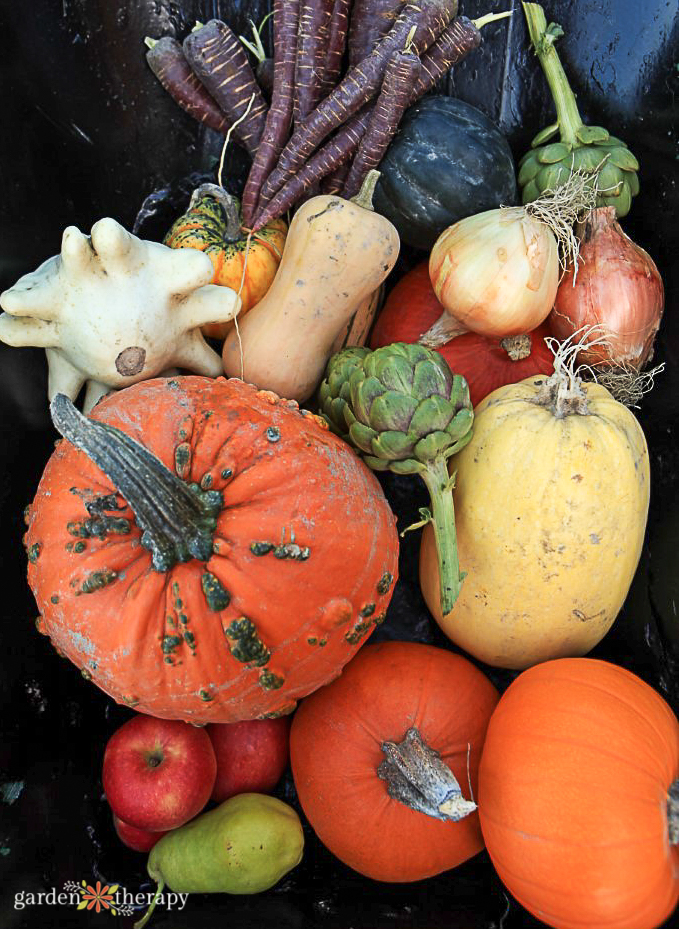
What are Hybrid Seeds?
Hybrid seeds come from cross-pollinating strong characteristics of different varieties, making brand-spanking-new varieties. The plants produced can look and taste as good as heirlooms. They may even taste better, be more disease resistant, or be easier to grow.
Hybrids make the widespread distribution of vegetables easier. They can offer better disease resistance, less labour-intensive growing, higher overall yields, uniformity, and easy harvesting. This all makes it more profitable for commercial growers.
Hybrid seeds are bred in fields or greenhouses by cross-pollinating different varieties of plants to create desirable and interesting traits. Some of the results of the hybrids are better than the parents, and some are worse. Through plenty of experimentation and then many years of subsequent testing for control and reliability, new hybrids with amazing new features are born.
Part art and part science, hybridization growers take the time to grow only the best possible plants for a successful harvest.
Both heirloom and hybrid seeds can give you quality plants. Hybrids make for modern day success; heirlooms have stood the test of time.
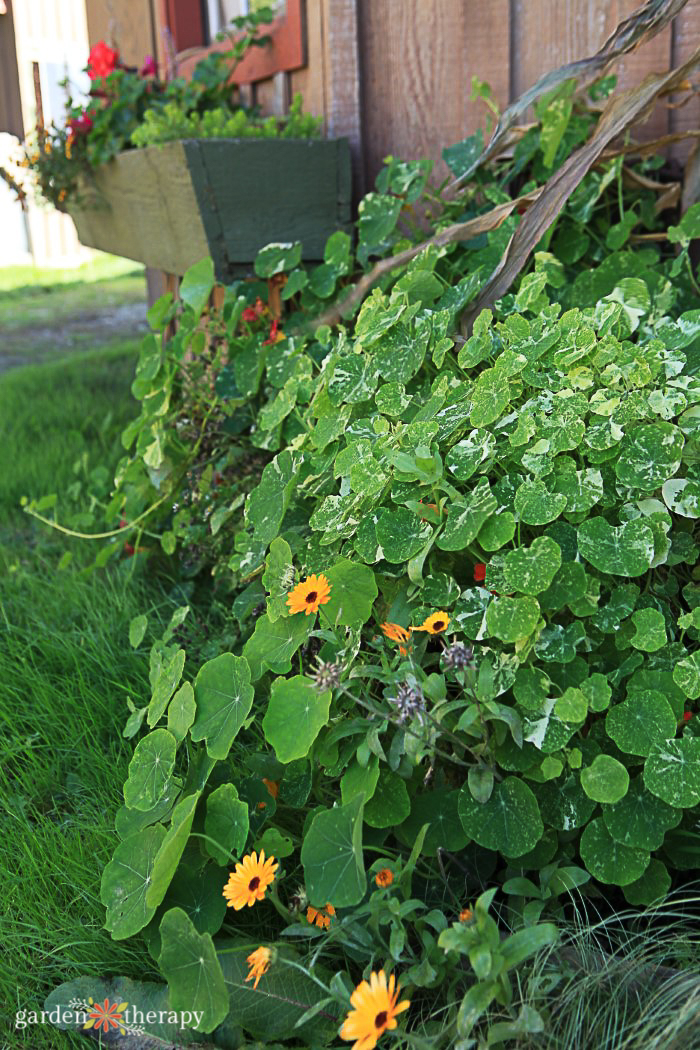
What are Open-Pollinated Seeds?
All heirlooms are open-pollinated plants, but not all open-pollinated plants are heirlooms. Open pollination occurs from insects, wind, birds, and humans passing pollen from plant to plant. Both hybrid and heirloom seeds can reproduce through open pollination.
When the plant is pollinated by a plant of the same variety, or through self-pollination, it is an heirloom plant. Any seeds from these plants hold their parent plant’s traits.
When a plant cross pollinates with other varieties, it becomes a hybrid plant. Both can occur naturally or with the help of a human hand. But, any seeds saved from the hybrid plant will not carry the same traits as the parent plant.
What are Organic Seeds?
Organic seeds are seeds grown and saved using certified organic methods. It doesn’t mean that the seeds that are not organic are treated with pesticides or herbicides. It just means that the farms that produced the seeds had organic certification.
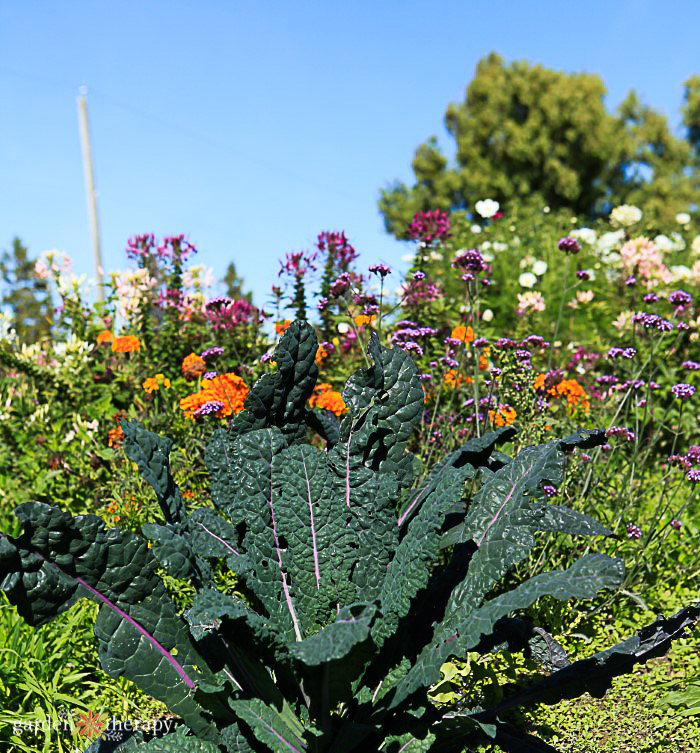
What are GMO Seeds?
First, let’s not confuse GMOs with hybrid seeds. GMOs, or Genetically Modified Organisms, are created through experimental biotechnology that, according to the Non-GMO Project, “merges DNA from different species, creating unstable combinations of plant, animal, bacterial and viral genes that cannot occur in nature or in traditional crossbreeding.”
Currently, no seeds sold for home gardens are GMOs; those are created for commercial crops only. There isn’t a need to search for non-GMO labeling on seed packets for the home garden. Seeds meant for home as opposed to commercial use will not be genetically modified.
What About Treated Seeds?
Treated seeds come coated with an herbicide or pesticide to help prevent fungus and insect damage. They are often brightly dyed to indicate their treatment and labeled as “treated” on the packaging. I avoid using treated seeds as I do not want herbicides and pesticides in my garden.
However, there are some coated seeds that are safe to use. Many tiny, modern seeds like marigolds or lettuce, can have a coloured coating that LOOKS like treated seeds, but aren’t. These seeds have something similar to a candy coating and are intended to help the gardener pick them up more easily. Refer to the seed’s packaging for confirmation about the type of coating on your seeds.
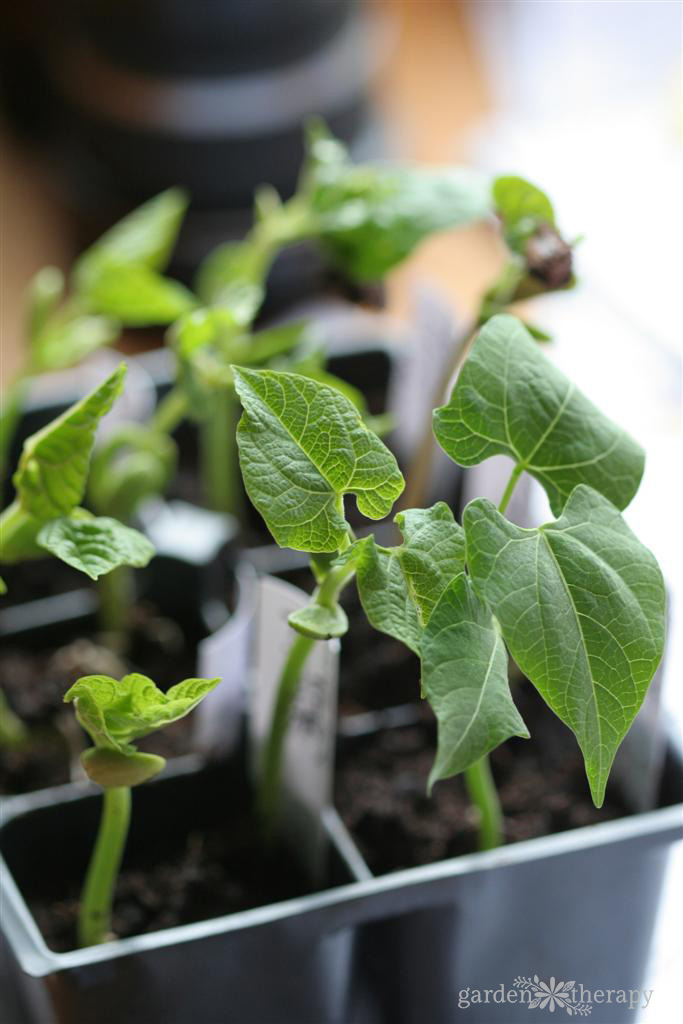
The Benefits of Growing Hybrid Seeds
Hybrid seeds result from many years of breeding the perfect plant! Don’t think of mad scientists concocting unnatural plants; think of farmers and gardeners making special and strong varieties. Many farmers, seed companies, and even home gardeners spend years and many seasons cross-pollinating select plants in hopes that they created the perfect combination of genes.
For example, you can combine one tomato plant known for producing a ton of fruit with another tomato variety known as more disease resistant. Traits you can look for include: easier to grow, quick growers, adaptable to their environment, bigger fruit, more fruit, disease resistance, and shelf life.
You can combine hybrids until you have the combination of traits you are looking for. A staple for many farmers, hybrid plants become more dependable and fruitful each year. While you can’t save the seeds and get the guaranteed traits like an heirloom plant, you can reproduce hybrids through cuttings.
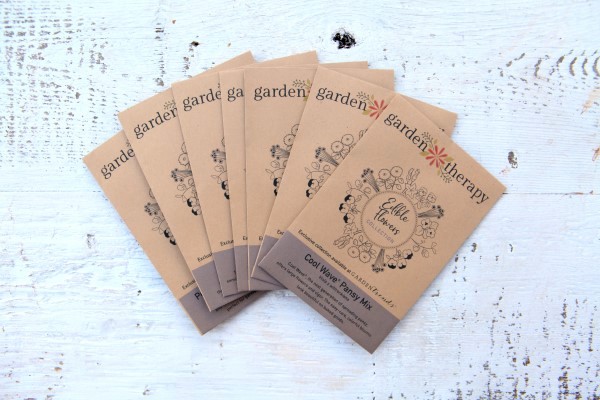
The Benefits of Growing Heirloom Seeds
While hybrid plants have made grocery shopping easier, heirloom plants have many benefits for the home gardener. You can find a ton of new flavours, colours, and shapes when growing heirloom seeds. Their lack of uniformity can even mean different ripening times, for a harvest that lasts longer.
If you have grown your heirloom seeds for a while, this means they work well in your geographical region. They are used to the weather, growing conditions, and have resistance to diseases and pests in your area.
Lastly, you get to save a little piece of history. There is something so special about growing the same plant as perhaps your grandmother. Just like everything in the world, vegetable varieties can become extinct. We must work together to pass on heirloom seeds and their gene pool to the next generation.
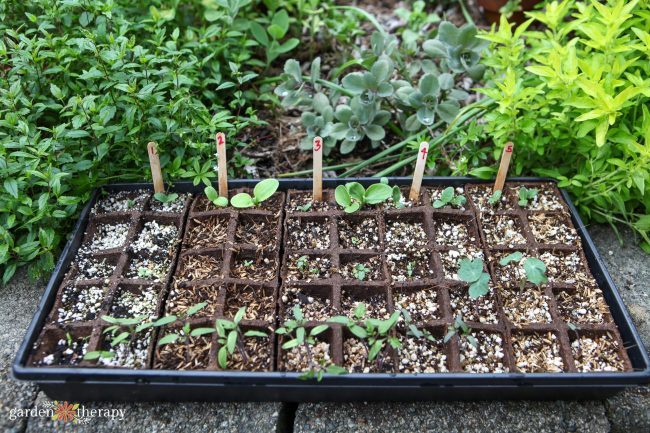
Are Heirloom Seeds Illegal?
When it comes to seed saving, things can get a little complicated. For the most part, the legality issues with saving seeds center around farmers. Many GMO and hybrid seeds are patented. This means that any farmers who grow the seeds must sign an agreement stating they will grow the seeds for only that year. The following year, they cannot save those same seeds and instead must purchase them again.
In the EU, it is illegal to sell any vegetable cultivar that is not included in the national list. Many believe this to be a leading cause in the loss of many heritage varieties as it is difficult and expensive to get on the list. The US protects growing plants from divisions, cuttings, and seeds, and laws vary state by state.
When it comes to heirloom plants, we enter a bit of a grey area. If you are not selling heirloom plants or their seeds, that is fine. In addition, many heirloom seeds have been around for generations, making them a part of public domain.

The Cultural Significance of Seed Saving
The legalities surrounding seed saving for farmers and other gardeners does impose on years of tradition. Before you could purchase commercial seeds, generations and gardens passed down seeds. It is a process that should still be honoured.
When slave owners forced African people onto their ships, many of the women braided seeds into their hair in order to survive and bring their culture onward. Leah Penniman talked about this cultural significance in her book Farming While Black and I highly encourage you to read it. For many, continuing to grow their seeds is honouring their ancestors’ work and legacy.
The WTO governs many rules surrounding seed saving, with many farmers in developing countries increasingly affected by the regulations. Restricting people’s access to seeds makes growing food inaccessible for many.
As our population grows and biodiversity decreases, we need people to grow healthy, sustainable food more than ever. Swapping seeds and varieties with other farmers also helps to increase biodiversity. Saving seeds holds a significance culturally and environmentally that needs to be looked at before we accept that modern corporations control seed saving.

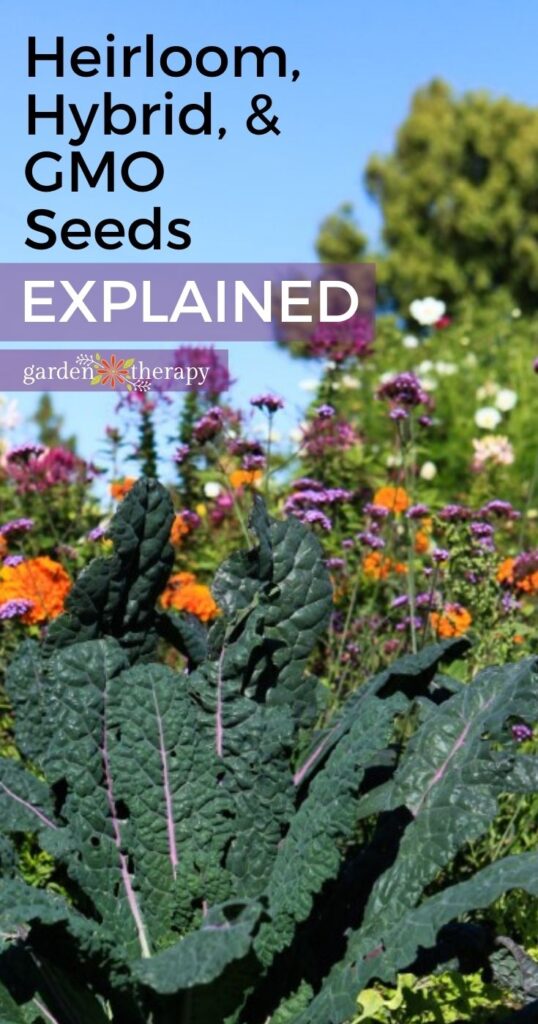



Thank you for sharing this information. As usual, you effectively state the facts with remarkable modesty and respectable decorum.